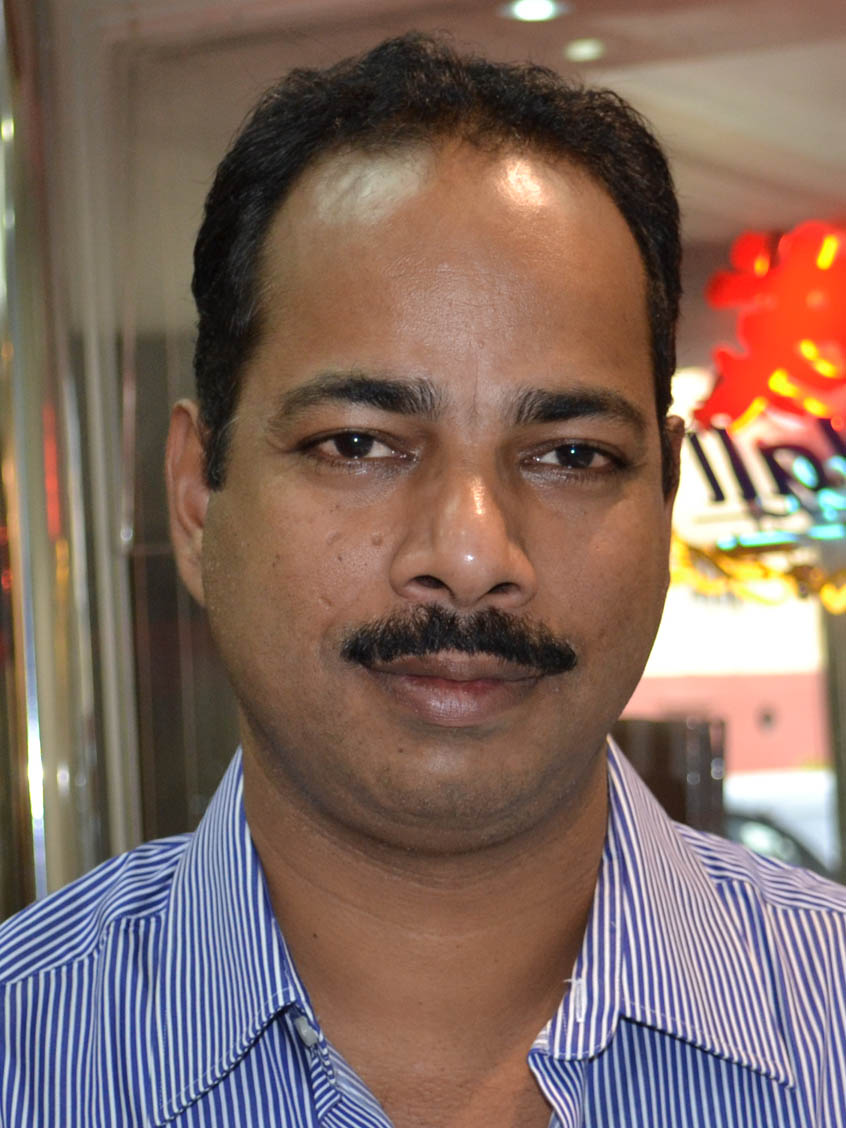 Dr. Alok Kumar Kanungo is Assistant Research Professor in IIT Gandhinagar. Born in Odisha, he grew up in close contact with many indigenous communities of eastern and north-eastern India. His early childhood experiences led him to focus on archaeological and ethnographic studies of indigenous and ancient technology. For the last two decades, Dr. Kanungo has travelled and documented the rich heritage of the Nagas of northeast India, and the Bondos and Juangs of Odisha both in the field and in museums across Europe and United Kingdom. He has worked in many areas where it is difficult to say where anthropology or history stops and archaeology begins. He has studied and published extensively on the subject of glass and glass-bead production, and written or edited twelve books and about five dozen research articles. He has been the recipient of many prestigious awards including the Humboldt, Fulbright and Homi Bhabha Fellowships. He has lectured at many universities and research institutes in Taiwan, England, USA, New Zealand, Bangladesh, Italy, France, Turkey, Malaysia, Germany and Thailand, besides India. He is currently working with Thomas Fenn, Shinu Abraham and Laure Dussubieux on an NSF-funded project aiming at determining possible regions of ancient glass production in India using elemental and isotope analysis. He has recently been awarded a SPARC (an MHRD research initiative) grant to work on Indigenous Cultural Heritage as a Facilitator for the Sustainable Development Goals with Prof. Claire Smith.
Dr. Alok Kumar Kanungo is Assistant Research Professor in IIT Gandhinagar. Born in Odisha, he grew up in close contact with many indigenous communities of eastern and north-eastern India. His early childhood experiences led him to focus on archaeological and ethnographic studies of indigenous and ancient technology. For the last two decades, Dr. Kanungo has travelled and documented the rich heritage of the Nagas of northeast India, and the Bondos and Juangs of Odisha both in the field and in museums across Europe and United Kingdom. He has worked in many areas where it is difficult to say where anthropology or history stops and archaeology begins. He has studied and published extensively on the subject of glass and glass-bead production, and written or edited twelve books and about five dozen research articles. He has been the recipient of many prestigious awards including the Humboldt, Fulbright and Homi Bhabha Fellowships. He has lectured at many universities and research institutes in Taiwan, England, USA, New Zealand, Bangladesh, Italy, France, Turkey, Malaysia, Germany and Thailand, besides India. He is currently working with Thomas Fenn, Shinu Abraham and Laure Dussubieux on an NSF-funded project aiming at determining possible regions of ancient glass production in India using elemental and isotope analysis. He has recently been awarded a SPARC (an MHRD research initiative) grant to work on Indigenous Cultural Heritage as a Facilitator for the Sustainable Development Goals with Prof. Claire Smith.
Abstract of the lecture
Looking at the archaeological records and literature available on ancient glass, it is difficult to infer that South Asia as a glass producing region was as important as the Mediterranean region or the Middle-East, which developed a highly innovative industry and produced large amounts of glass artefacts. In South Asia, starting around the mid-2nd millennium BCE and until the medieval period, glass was mostly used for the manufacture of ornaments, in particular beads and bangles. Complex technologies were developed to produce those beads either from long drawn tubes of glass or by winding the molten glass on a pontil and then altering the shape and design using various moulds, sandwiching some entity between glass layers, or glass of a different colour, making the final output polychrome or mosaic. These beads were traded locally as well as through the Indian Ocean and beyond, as indicated by the availability of Indian origin glass by-products all around. Yet, very little is known about the communities involved and the techniques, tools and furnaces they used.
More recently, ancient glass-working furnaces have been unearthed both from north and south India. The strategic location of these sites plays a role in the distribution of glass artefacts to the hinterland as well as to Southeast Asia. This talk will combine data from archaeology and ethnoarchaeology to build a picture of the technology invented and practiced by the traditional producers and the cultural significance of the end products.